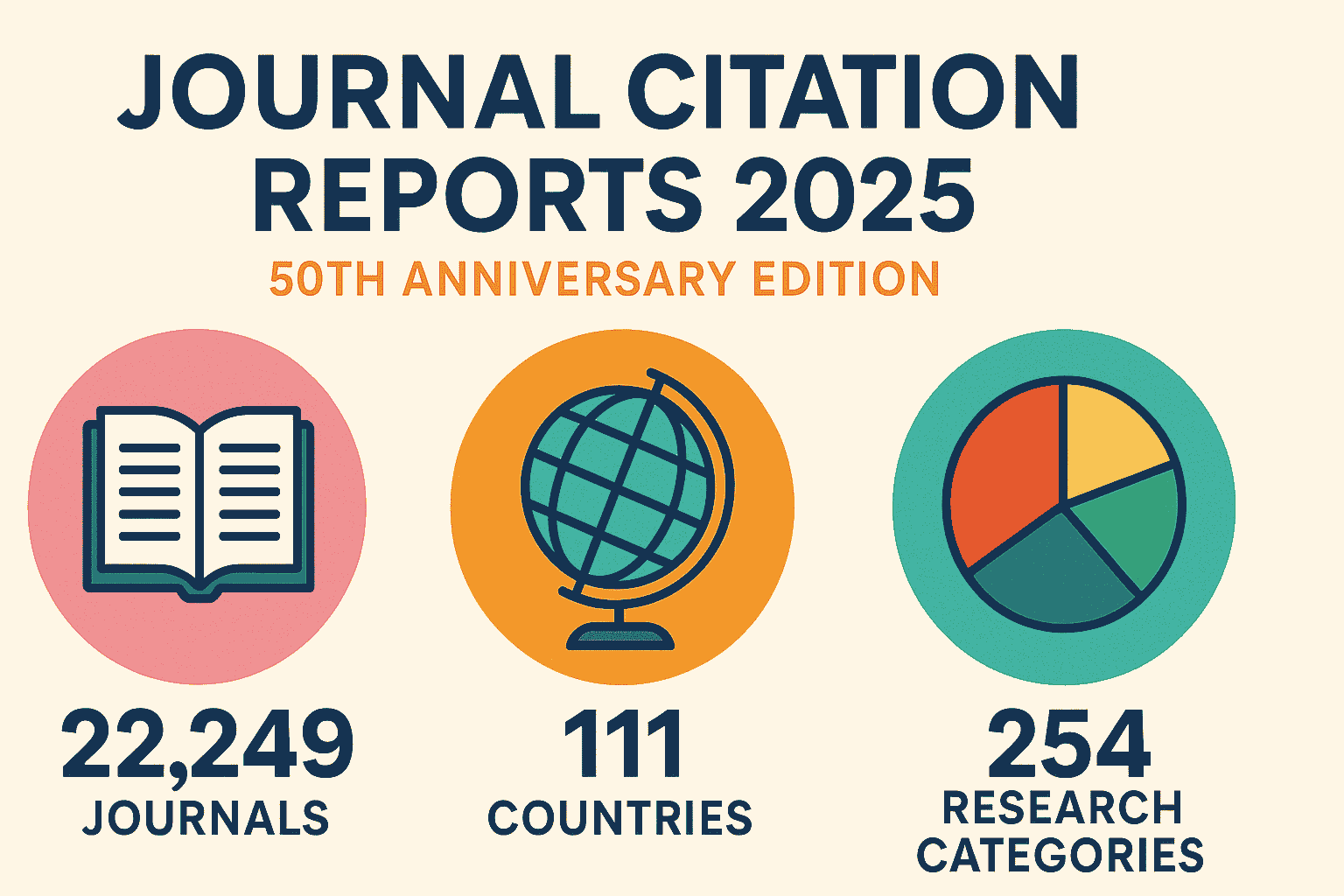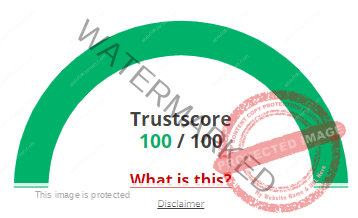DNA Extraction Protocol in Detail
DNA Extraction Protocol in Detail
Here is a widely accepted protocol for the extraction of DNA from cells, especially mammalian cells. This method is called the phenol-chloroform extraction method.
Materials
1. Cell culture or tissue sample
2. Lysis buffer (e.g., EDTA, Tris-HCl, SDS, NaCl)
3. RNase A
4. Proteinase K
5. Phenol-chloroform-isoamyl alcohol (25:24:1)
6. Chloroform
7. Isopropanol
8. Ethanol (70%)
9. TE buffer (10mM Tris-Cl, 1mM EDTA, pH 8.0)
10. Microfuge tubes
11. Vortex
12. Hot water bath or heat block
13. Microcentrifuge
14. Pipettes and pipette tips
15. Sterile distilled water
Procedure
Wear lab coats, gloves, and safety glasses before starting the procedure.
1. Cell Lysis
– Suspend your cells or tissue in lysis buffer, generally at a 1:10 ratio (weight/volume for tissue, volume/volume for cultured cells). Add Proteinase K to a final concentration of around 200 ug/ml, then incubate at 55°C for at least 3 hours, or until the dissolution of cellular material is complete.
2. RNase Treatment
– Add RNase A (to a final concentration of ~100ug/ml) and incubate at 37°C for 30-60 minutes to remove RNA.
3. Protein Removal
– Add an equal volume of phenol-chloroform-isoamyl alcohol to your lysate, then vortex thoroughly. Centrifuge at 13,000 RPM for 5 minutes at room temperature. This separates the mixture into two layers.
– Transfer the upper aqueous phase, which contains the DNA, to a fresh tube. Avoid the interface, which contains proteins and lipids.
4. DNA Precipitation
– Add an equal volume of isopropanol to your tube and invert gently to mix. DNA will precipitate out of the solution and can be seen as a white, fluffy material.
– Centrifuge the tubes as before. The DNA will form a pellet at the bottom of the tube.
– Dispose of the supernatant, being careful not to disturb or lose the pellet.
5. DNA Washing
– Add 70% ethanol to the tube, then invert several times to wash the DNA pellet. This step removes residual salts.
– Centrifuge again, and then carefully remove the supernatant.
6. DNA Rehydration
– After air-drying the pellet for about 10–15 minutes, rehydrate DNA in a suitable buffer, commonly TE buffer (10 mM Tris-Cl, 1 mM EDTA, pH 8.0), or sterile distilled water.
– Incubate at 65°C for one hour to ensure complete dissolution of the DNA.
7. DNA Quantification
– The concentration of DNA can be estimated using a spectrophotometer to measure absorbance at 260 nm.
Please remember to keep everything clean and avoid DNase. The procedure could vary depending on the sample type, so always make sure to adjust the method accordingly. Not all steps may be necessary for all sample types. Furthermore, DNA extraction kits available commercially can simplify the process and reduce the possibility of contamination or other issues. Always follow the guidelines provided with the kits if you are using one.
More: How to quantify DNA after extraction?
After extracting DNA, it’s crucial to quantify it to determine its concentration and purity. There are several methods you can use, but I will explain the three most common ones:
1. Absorbance (Optical Density) Measurement using a spectrophotometer: This method measures the absorbance at 260 nm and 280 nm to estimate the quantity and purity. Pure DNA has an A260/A280 ratio of ~1.8. It’s important to dilute the DNA in a solution that doesn’t absorb at these wavelengths (like TE or water).
Read More: https://abdullahfarhan.com/dna-quantification-using-nanodrop-spectrophotometer/
2. Fluorescent Dye-Based Assays: These assays use dyes, such as PicoGreen or Qubit, that fluoresce upon binding to DNA. This is more sensitive and accurate than absorbance measurements. The dye is added to the DNA sample and then read in a fluorometer to obtain the DNA concentration.
Read More: https://abdullahfarhan.com/dna-quantification-using-qubit-fluorometer/#
3. Agarose Gel Electrophoresis: This qualitative method visualizes DNA and provides information about its quantity. You load a known amount of DNA (from a DNA ladder or marker) in one well and the unknown samples in the other wells. After running the gel, you compare the brightness of the bands from your samples with the bands from the ladder to estimate your DNA quantity.
Remember to apply good lab practices like using clean equipment and proper pipetting techniques to avoid DNA degradation and contamination. This will help you get the most accurate results.
Discover more from abdullahfarhan.com
Subscribe to get the latest posts sent to your email.









